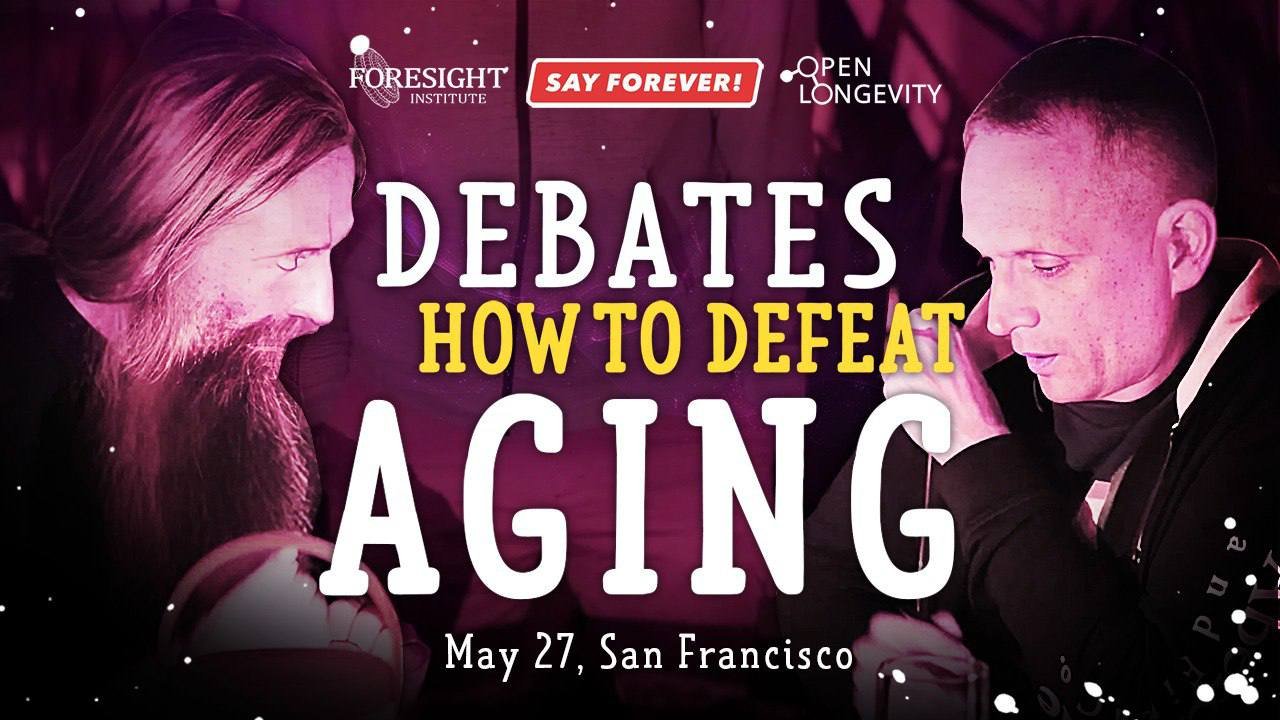The aging debate: why it matters (and how we made it matter more)
The Science of Storytelling
Recently, I had the chance to work on a fascinating project for my longevity biotech client Gero.ai: promoting a debate on aging.
Not your typical PR gig, right? But that's what I love about working with emerging biotech companies — the chance to work with innovative scientists who are taking on big challenges.
Life-science PR presents unique. You're not just selling a product; you're explaining complex science, often in a field that's still evolving. The journalists cover biotech and healthcare expect rigor and realism. It's about building credibility, capturing attention, and ultimately, getting people excited about the future.
This debate wasn't just two scientists politely disagreeing. It was a clash of titans—Dr. Aubrey de Grey, championing the idea of reversing aging, versus Dr. Peter Fedichev, arguing we can only slow it down. High stakes, big names, and a $10,000 prize for the winner.
My goal was simple: make this debate unmissable. And more importantly, make it matter. Because the science behind it really matters.
Here's how we did it
First — we made the science accessible.
Aging research can be complex. We focused on clear language and compelling narratives to explain the core concepts and highlight the potential impact on people's lives. We wanted people to understand why this debate was relevant to them. In this case, I was lucky to have a collaborator (Dr. Fedichev) who has a gift for science storytelling.
Then, we built anticipation.
Think boxing match weigh-in. We positioned the two scientists as intellectual heavyweights with opposing views, creating a sense of drama and anticipation leading up to the event. This wasn't just about science, it was about a clash of ideas with real-world consequences.
We partnered with the right people.
Collaborating with organizations like the Foresight Institute gave us access to a wider audience and added credibility to the event. It showed we were serious about the science and its implications.
We made it a spectacle.
Livestreaming the debate on YouTube, having a live audience, and offering a cash prize—it all added to the excitement and drew attention. We wanted to create an event that people would remember.
The result?
The debate generated significant buzz, attracting media interest and sparking discussions online. More importantly, it helped raise awareness of this crucial area of research and the companies pushing the boundaries of what's possible for extending longevity and healthspan.
The takeaway for life-science leaders?
Don't be afraid to get creative. Find ways to showcase your science in a way that's engaging and accessible. Whether it's a debate, a challenge, or a unique partnership, there are plenty of ways to rise above the noise and get people excited about your work.
After all, in the world of life-science PR, sometimes the best way to make a statement is to start a conversation. And sometimes, the best way to make that conversation memorable is to draw a crowd.
What’s your story?
Tell me about your story and who needs to hear it!







